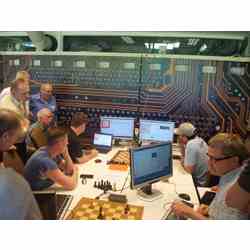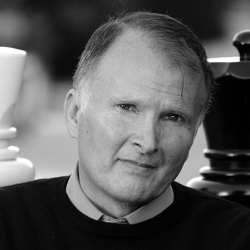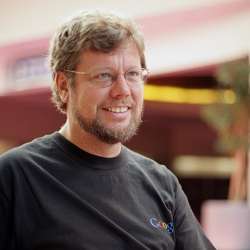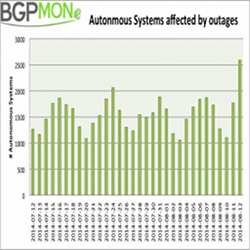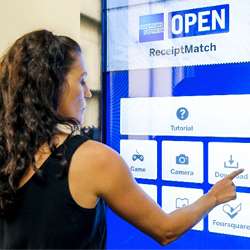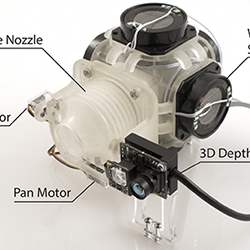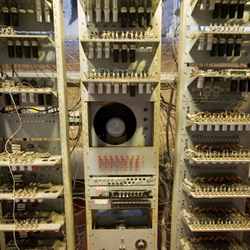Silicon Brains Compete at Games
Structural Challenges and the Need to Adapt
Energy Harvesting Extends Life of Small Devices
Internet Routing Failures Bring Architecture Changes Back to the Table
Microrobots Are the “bee’s Knees” For Harvard Professor
Inside Risks: Just a Matter of Bandwidth
Bouncing Robot Could Soften Future Nasa Landings
Brands Take Advantage of Hci Technologies
Results From the First-Year Course MOOCs: Not There Yet
Google’s Mini-Films Bring to Life the Early Days of Computing and the Internet
Study: Women Just as Satisfied in It Jobs as Elsewhere
Gaze-Based Inattention Management
Nerdy Strutting: How to Put Women Off the Tech Industry
Shape the Future of Computing
ACM encourages its members to take a direct hand in shaping the future of the association. There are more ways than ever to get involved.
Get InvolvedCommunications of the ACM (CACM) is now a fully Open Access publication.
By opening CACM to the world, we hope to increase engagement among the broader computer science community and encourage non-members to discover the rich resources ACM has to offer.
Learn More